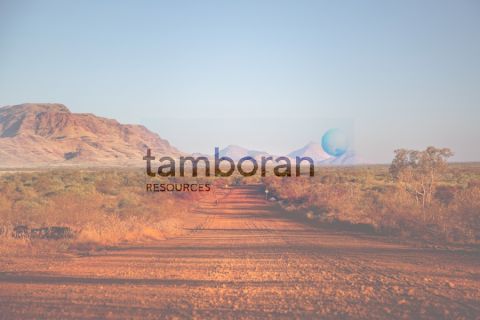One of the most common tactics for entering a new play is to look for analogs to existing plays. This sort of “stick with what you know” approach has led to successful frontier exploration in places like West Africa and the Mediterranean Sea.
It does not necessarily work as well with shale plays. Even within North America, shales vary drastically from basin to basin and even within basins. Operators eyeing foreign shales will need to take a very tentative approach.
Chinese opportunities
China is trying to wean itself from coal and expects to increase its natural gas consumption by a factor of five, according to the International Energy Agency. The hope is to have natural gas account for 10% of the country’s energy mix by 2020.
To this end, Chinese national oil companies have partnered with foreign companies both in China and in North American shale plays to increase their technical understanding of these challenging and complex resources. Most recently, Devon Energy Corp. signed an agreement with Sinopec International Petroleum Exploration & Production Corp. whereby Sinopec plans to invest US $2.2 billion in exchange for one-third of Devon’s interest in five new venture plays in North America. And Shell recently announced two vertical discoveries in the Sichuan basin in China.
China claims to have shale gas resources of 3,532 Tcf, according to a report titled “Unconventional gas and the implications for the LNG market in China,” written by Chris Gascoyne and Alexis Aik for the 2011 Pacific Energy Summit. Tapping into it will not be easy – multiple sources point to equipment and labor shortages as well as supply chain challenges. Service companies are not unaware of this opportunity, however. In a recent earnings call, Halliburton CEO Dave Lesar said international unconventional resources were “highly undercapitalized” on the equipment side, and President of Strategy and Corporate Development Tim Probert added, “We’re in the process of mobilizing horsepower to our Europe/Africa/CIS, Middle East/Asia, and Latin America regions in support of these developments.”
Access
In addition to possible supply shortages, gaining access to shale acreage will be challenging. According to an article in the Financial Times, joint venture partners are the most common avenue to access the Chinese market. “Even high-profile multinationals with extensive local contacts and resources face regulatory hurdles because the energy sector is considered as a strategically sensitive industry,” the article states. “For this reason, the Chinese government typically requires local Chinese company participation and/or the use of Chinese content, conditions that it expects will help the country to develop its own shale gas expertise.”
This access difficulty may be easing, however, since the government also recently announced it considers shale gas an independent resource from conventional hydrocarbons and will allow foreign companies to participate in their development. It also will open the door to smaller Chinese energy companies.
Chinese shale development is likely to happen, but not at the speed with which it has happened in the Western Hemisphere.

China’s shale resources are considerably larger than those in North America, but developing them will be challenging. (Map courtesy of Advanced Resources International)
Recommended Reading
U.S. Shale-catters to IPO Australian Shale Explorer on NYSE
2024-05-04 - Tamboran Resources Corp. is majority owned by Permian wildcatter Bryan Sheffield and chaired by Haynesville and Eagle Ford discovery co-leader Dick Stoneburner.
1Q24 Dividends Declared in the Week of April 29
2024-05-03 - With earnings season in full swing, upstream and midstream companies are declaring quarterly dividends. Here is a selection of dividends announced in the past week.
Analyst Questions Kimmeridge’s Character, Ben Dell Responds
2024-05-02 - The analyst said that “they don’t seem to be particularly good actors.” Ben Dell, Kimmeridge Energy Partners managing partner, told Hart Energy that “our reputation is unparalleled.”
Tellurian Reports Driftwood LNG Progress Amid Low NatGas Production
2024-05-02 - Tellurian’s Driftwood LNG received an extension through 2029 with authorization from the Federal Energy Regulatory Commission and the U.S. Army Corps of Engineers.
Zeta Energy Appoints Michael Everett as COO
2024-05-02 - Prior to joining Zeta Energy, a lithium-sulfur battery developer, Michael Everett previously served as president and COO at Advanced Battery Concepts.





